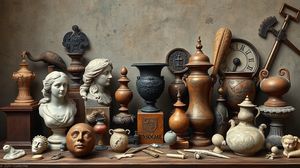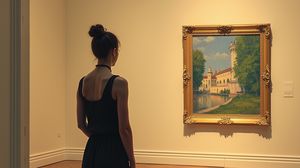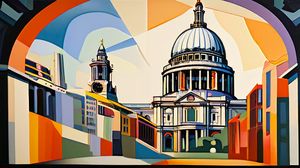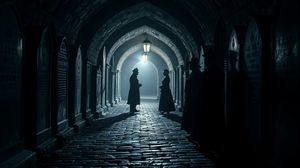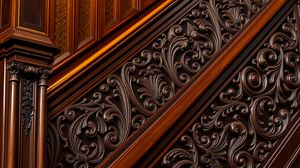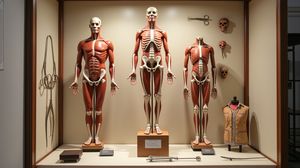
The Hunterian Museum in London is a fascinating institution that offers a deep dive into the history of surgery and the growth of medical knowledge. Part of the Royal College of Surgeons of England, this museum is home to a vast collection of fascinating anatomical specimens, surgical instruments, and historical artifacts relating to surgery and medicine.
This museum is named after John Hunter, a pioneering Scottish surgeon whose radical approaches to understanding the human body in the 18th century laid the foundations for many modern surgical methods. The collection began as Hunter's private accumulation of specimens, which he used for teaching and research.
One of the most intriguing exhibits in the museum is the skeleton of Charles Byrne, known as the 'Irish Giant'. Byrne, who stood at over seven and a half feet tall, specifically requested his bones not be displayed publicly, but Hunter acquired them nonetheless, leading to a continuing ethical debate.
Other than anatomical specimens, the Hunterian Museum houses a collection of surgical instruments, paintings, and busts, showcasing the evolution of surgical practice over the centuries. It provides an insight into how surgical techniques and tools have transformed from rudimentary methods to more sophisticated approaches.
The museum also features a display dedicated to some of the most notable surgeons throughout history. These include fascinating personal belongings and records, which help illuminate the challenges and triumphs that shaped the field of surgery.
A visit to the museum offers an enthralling glimpse into the ever-evolving world of medicine and surgery, complete with a touch of curiosity and enlightenment that makes it a compelling spot for both medical enthusiasts and casual tourists alike.

Making the Most of Your Visit:
When you first come in, don't be overwhelmed by the size of the collection. Take your time and start with the exhibits that catch your eye. Many people tend to go straight towards Charles Byrne's skeleton, but there's much more to see if you look around.
If you're into detail, the surgical instruments display is not to be missed. As you look at these tools, imagine how they've evolved, and you'll appreciate the ingenuity and complexity of past surgical practices.
Try to visit on a weekday, especially if you're looking for a quieter experience. It can get quite busy on weekends, which makes it harder to have a more personal and leisurely exploration of the exhibits.
The museum often hosts special exhibitions and talks, usually focusing on specific aspects of medical history. Check ahead for any scheduled events during your visit, as these can offer deeper insights and enhance your experience.
Make sure to spend a moment or two in front of the paintings and busts. They're not just art pieces but are also windows into the personalities that have shaped surgical history. Consider their stories and contributions as you view them.

Visiting Times & Costs:
The Hunterian Museum, located at the Royal College of Surgeons of England in London, reopened to the public in 2023 after a period of extensive refurbishment. Its opening hours are typically Tuesday to Saturday, from 10:00 AM to 5:00 PM. It is advisable to check in advance for specific days as there may be closures for maintenance or special events.
Admission to the museum is free of charge. However, there might be a fee for certain special exhibitions or events that are hosted from time to time.
Regarding accessibility, the museum is committed to being accessible to all visitors. It has step-free access and facilities for visitors with disabilities. It is recommended to contact the museum directly before visiting to ensure any specific accessibility requirements can be accommodated.

Address & Map:

Nearby:




